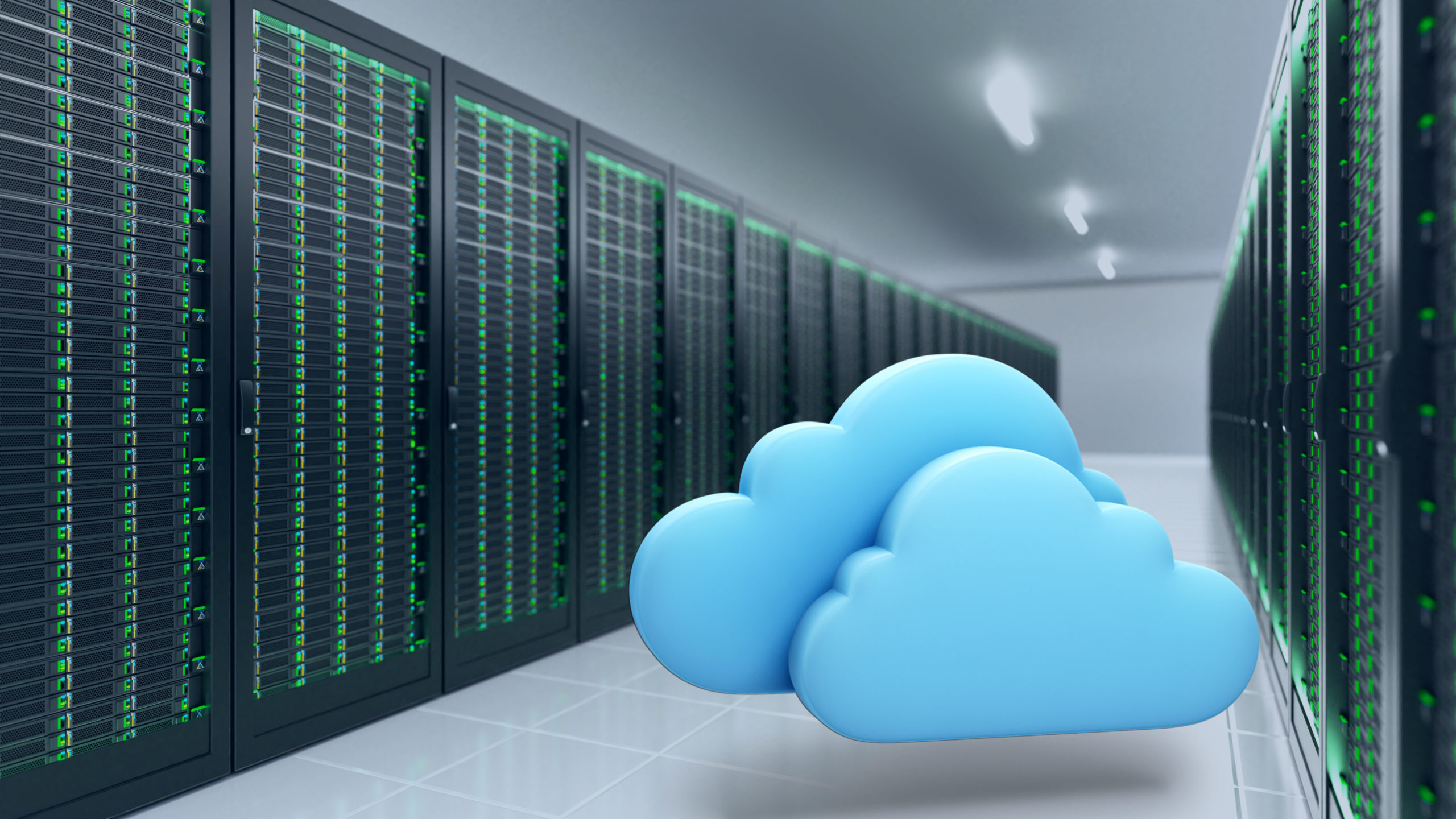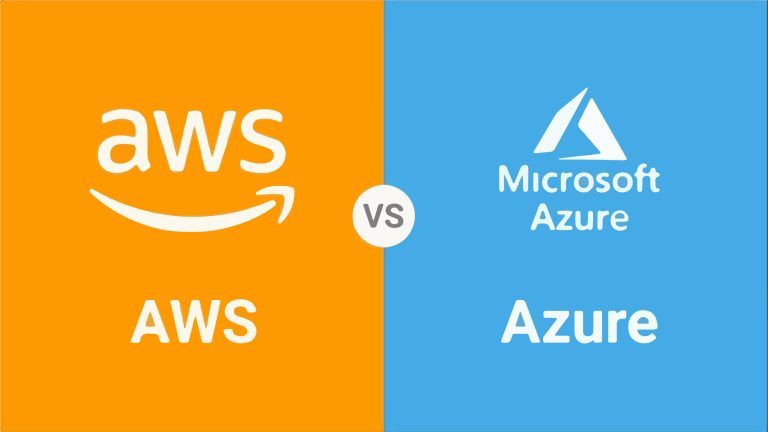Cloud-based solutions are promoted as a convenient choice for businesses these days.
It is because of the shared pool of computing resources that represent flexibility in every shape, form, and size.
Whether you are a small or a large-scale business, cloud-based solutions reduce complexity and costs involved in operating multiple networks.
In today’s age and time, large clouds are functionally distributed over multiple locations from central servers.
This trend has been predominant since early 2006 when Amazon.com first took the wraps off its Elastic Compute Cloud product, which is a cloud-computing platform.
It may seem like cloud computing will soon entirely replace the idea of on-premise infrastructure, especially given the fact that we are more than a decade into the age of cloud computing.
Yet, on-premise infrastructure still has its share of takers – and they are not small in number.
Its advocators have a range of reasons as to why they would prefer on-premise over cloud on any given day.
The reasons range from data security to compliance concerns to lack of organizational oversight and cloud cost optimization – all of them equally convincing.
What then is the best for your business? Table 1 provides a brief overview of what the two platforms have in store for you.
[table id=6 /]
Table 1: A Brief Comparison between On-Premise and Cloud Computing Solutions
DEPLOYMENT
The most significant difference between on-premise infrastructure and a cloud-computing platform is perhaps how the two systems are deployed.
On-Premise software is installed locally and is then deployed within the infrastructure.
In other words, the software is hosted only on the enterprise’s proprietary computers and servers.
This way, the enterprise takes the sole responsibility for maintaining and handling the procedure involved, and they alone have access to it.
At the same time, cloud-based computing can either take place in a public or private cloud.
Those who opt for public cloud are choosing to deploy their resources at the hands of third-party service providers.
They are also willingly providing access to other public networks. Others who settle for private cloud, are choosing to deploy their resources as per their requirements but with the ability to establish restricted access.
In either of the cases, an enterprise requires access to a web browser to ensure functionality.
[sf_button colour=”accent” type=”standard” size=”standard” link=”https://datasemantics.co/contact-us?utm_source=Blog&utm_medium=On-Prem-v/s-cloud” target=”_self” icon=”” dropshadow=”no” rounded=”no” extraclass=””]Contact Us to Know More[/sf_button]
COSTS

The following are the critical observations of some of the best products (e.g., Amazon Web Services, Microsoft Azure, Nextcloud, Seafile) from either of the platforms.
Cloud software is usually charged as per monthly or annual subscriptions. On-premise software is priced under a one-time license fee.
When it comes to cloud computing, there are additional fees for training and updates involved.
More often than not, these are recurring in nature. On-premise software also has recurring fees involved for the same reason.
On-premise is considered to be a substantial, one-time investment as it also includes costs incurred on hardware, consumption, and space.
Cloud computing is known to be cost-effective, as it only involves costs incurred on services and maintenance.
CONTROL
An enterprise is in complete control of its data and what happens to it in an on-premise environment.
This helps them maintain one hundred percent privacy.
Heavily-regulated agencies who deal with strictly confidential data find themselves comfortable in such an environment.
At the same time, opting for a cloud computing solution does not mean that you have put your company’s data and its encryption key under direct vulnerability.
However, third-party providers do have access to it. This leads to the rise of the question of ownership.
Therefore, if there are any issues involved, you may be unable to access data at the time.
SECURITY

The traditional on-premise environment is believed to be more secure.
However, there is a range of issues involved in this scenario too.
For example, an unlawful employee exposing your system to vulnerability is one of them.
The point being – you do have to take measures to maintain security even though there are lesser chances of any hindrances in comparison to cloud computing.
It all boils down to the organization and their risk tolerance level.
For example, a government organization mandatorily insist upon keeping their data internal.
Risk tolerant companies, usually small-scale enterprises, are able to adjust to the fine-tuned cloud solutions.
[sf_button colour=”accent” type=”standard” size=”standard” link=”https://datasemantics.co/contact-us?utm_source=Blog&utm_medium=On-Prem-v/s-cloud” target=”_self” icon=”” dropshadow=”no” rounded=”no” extraclass=””]Contact Us to Know More[/sf_button]
COMPLIANCE
All businesses are required to abide by regulatory controls.
There is a set group of government regulations established already, which need to be followed through as per industry practices.
However, it is comparatively easier to ensure that your company remains compliant if the data is stored in-house.
In case cloud computing suits you better, you need to ensure that you, along with your service provider or partner, are compliant with regulations.
Herein, there is a greater sense of responsibility involved.
What’s the verdict?
Comparing on-premise with the cloud is not exactly comparing apples with apples, which is what makes choosing the best one out of these two a whole lot easier.
Two things can take place. You can either opt for:
An on-premise solution and ensure that you have complete ownership and control at a considerable upfront capital cost and risk facing time-consuming deployment measures.
Or choose
A cloud-computing platform for greater flexibility and agility of business operations at comparatively lesser costs. However, risk facing security concerns despite taking the required measures.
Why most businesses choose cloud-computing?

Famous organizational consultant, William Bridges had once said, “It has become a truism that the only constant today is change.”
The world is constantly changing and becoming increasingly connected.
The complexities when it comes to dealing with newer technologies increase, as a result of which, agility has now become a crucial element in ensuring success in an environment as dynamic as ours and cloud-computing solutions offer just that.
While security may be a concern, there are numerous methods through which you can prevent it, such as educating your employees in this matter, establishing a strong data backup plan, thoroughly testing your systems and putting together stringent cloud governance policies to name a few.
It’s easier this way, to not only protect your organization, but also enable innovation, agility and flexible data access.
[sf_button colour=”accent” type=”standard” size=”standard” link=”https://datasemantics.co/contact-us?utm_source=Blog&utm_medium=On-Prem-v/s-cloud” target=”_self” icon=”” dropshadow=”no” rounded=”no” extraclass=””]Contact Us to Know More[/sf_button]
[mailerlite_form form_id=1]
Videos related to On-Premise Data Warehouse vs. Cloud Data Warehouse













